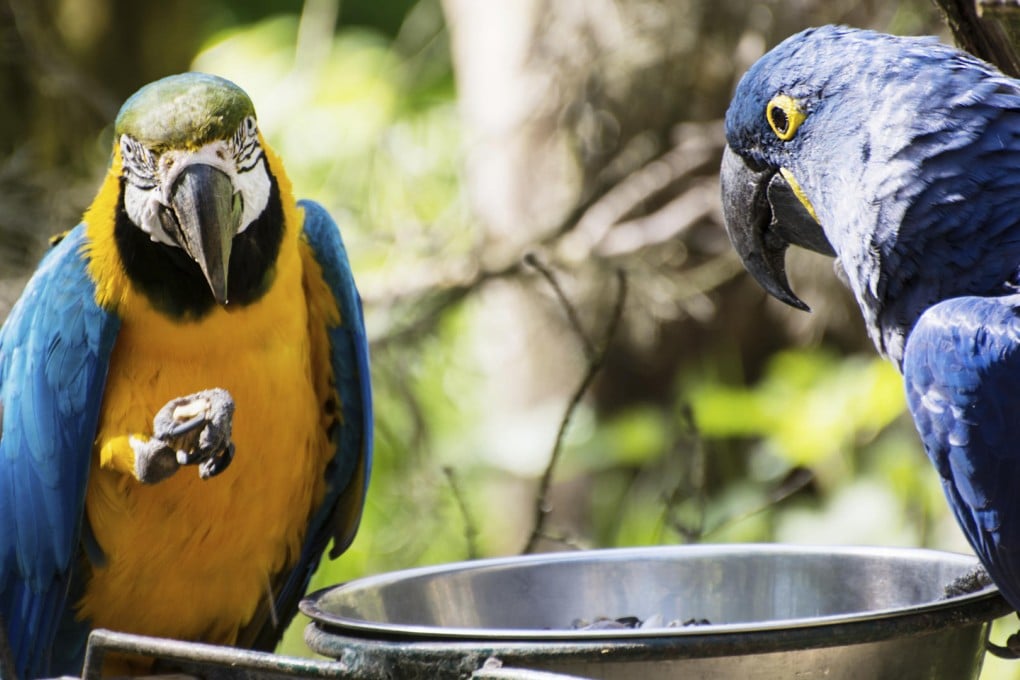
Many pet parrots in Hong Kong are not fed a nutritionally balanced diet, according to veterinarian Dr James Blanshard, of Zodiac Pet & Exotic Hospital (zodiacvet. com), who adds that this is mostly due to a lack of understanding by owners.
"The biggest problem I see is owners providing poor-quality seed-based diets. Yes, seeds do make up a large part of wild parrots' diet. However, not all seeds are the same, and those available in the pet trade are often woefully deficient in nutritional value compared with seeds from plants growing in the wild," Blanshard says.
The vet says shop-bought seeds are often old and contaminated with fungal toxins and moulds.
"Also, parrots tend to select one seed type and, before long, will eat only that. The classic example is sunflower seeds. I see many birds that have eaten a diet of exclusively sunflower seeds for years and are subsequently falling apart nutritionally."
He says owners should think of parrots like they do children - if you offer a child one plate of sweets and another of broccoli, they most likely would never touch the broccoli.
